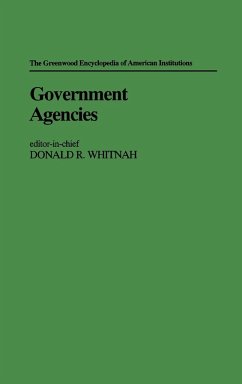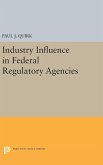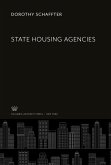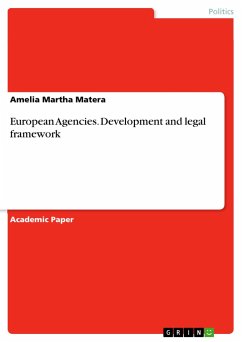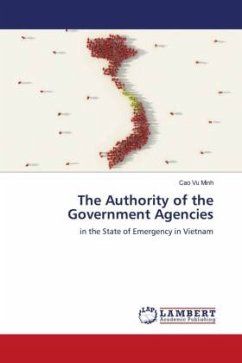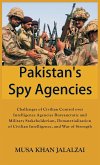?Offering concise histories of more than 100 federal agencies, this encyclopedia covers nearly all existing agencies, as well as important former ones. Essays average 5 to 6 pages in length and focus on the agency's major achievements, failures, administrative structure, and any significant internal friction and external controversy. Each essay is signed; the contributors are mostly academicians with prior published work on the particular agency. Brief annotated bibliographies are included. Coverage is quite broad; included are entries such as the Export-Import Bank of the U.S., the Council of Economic Advisors, and the Smithsonian Institution. There are also longer essays on each Cabinet department. This work will be valuable both for general readers and students. For library reference collections it can serve as a convenient historical complement to CQ's Federal Regulatory Dicectory.?-Library Journal
Hinweis: Dieser Artikel kann nur an eine deutsche Lieferadresse ausgeliefert werden.
Hinweis: Dieser Artikel kann nur an eine deutsche Lieferadresse ausgeliefert werden.

